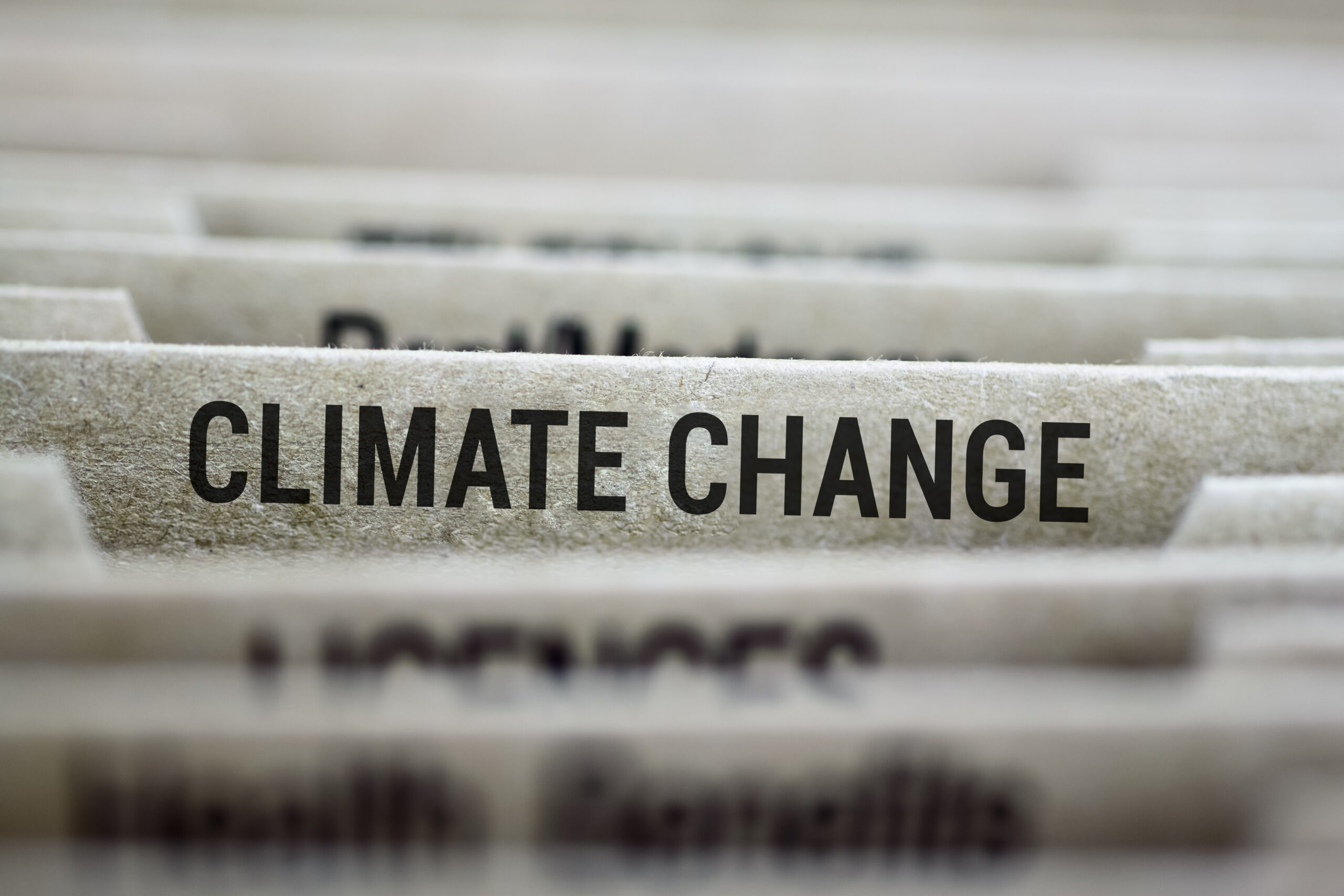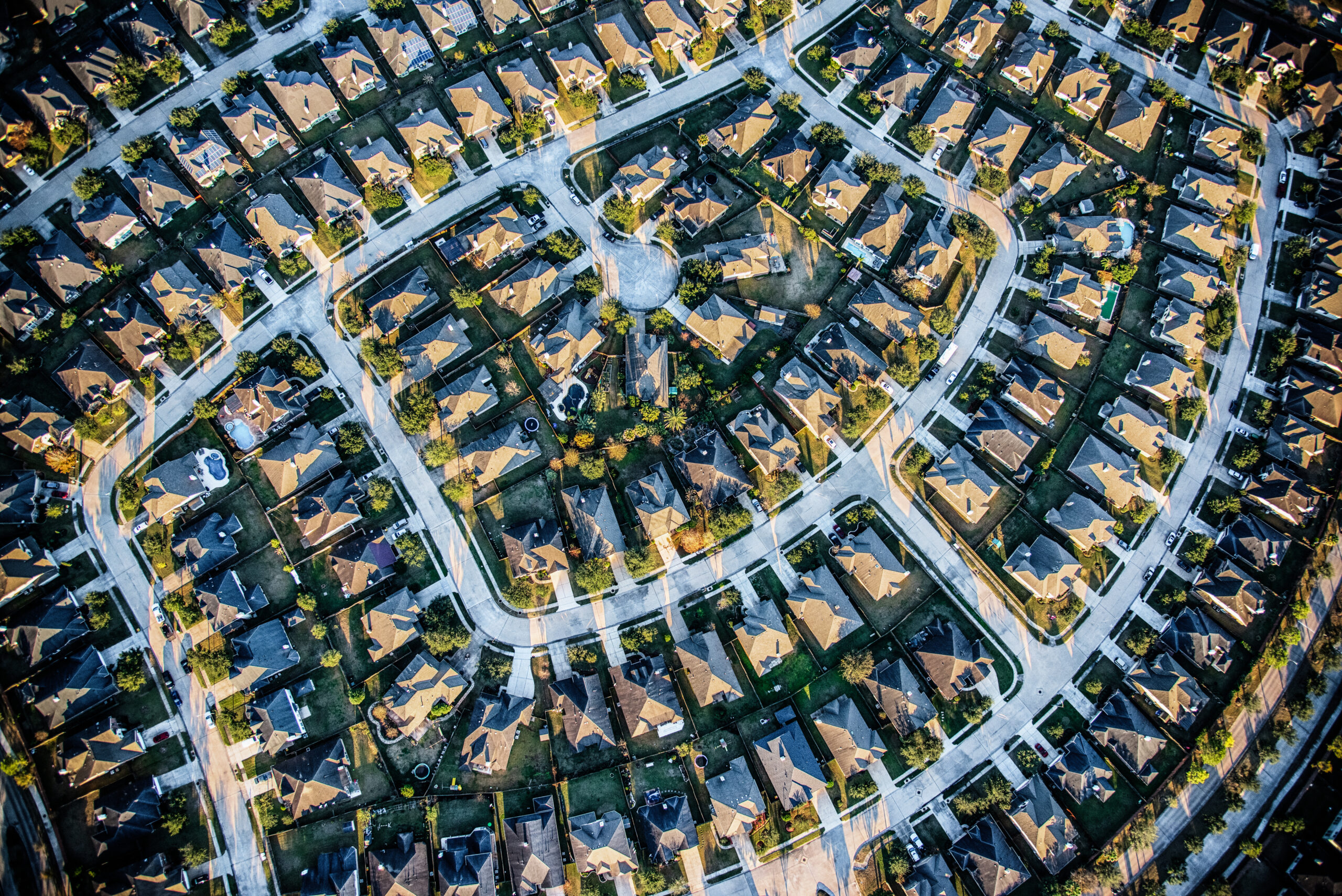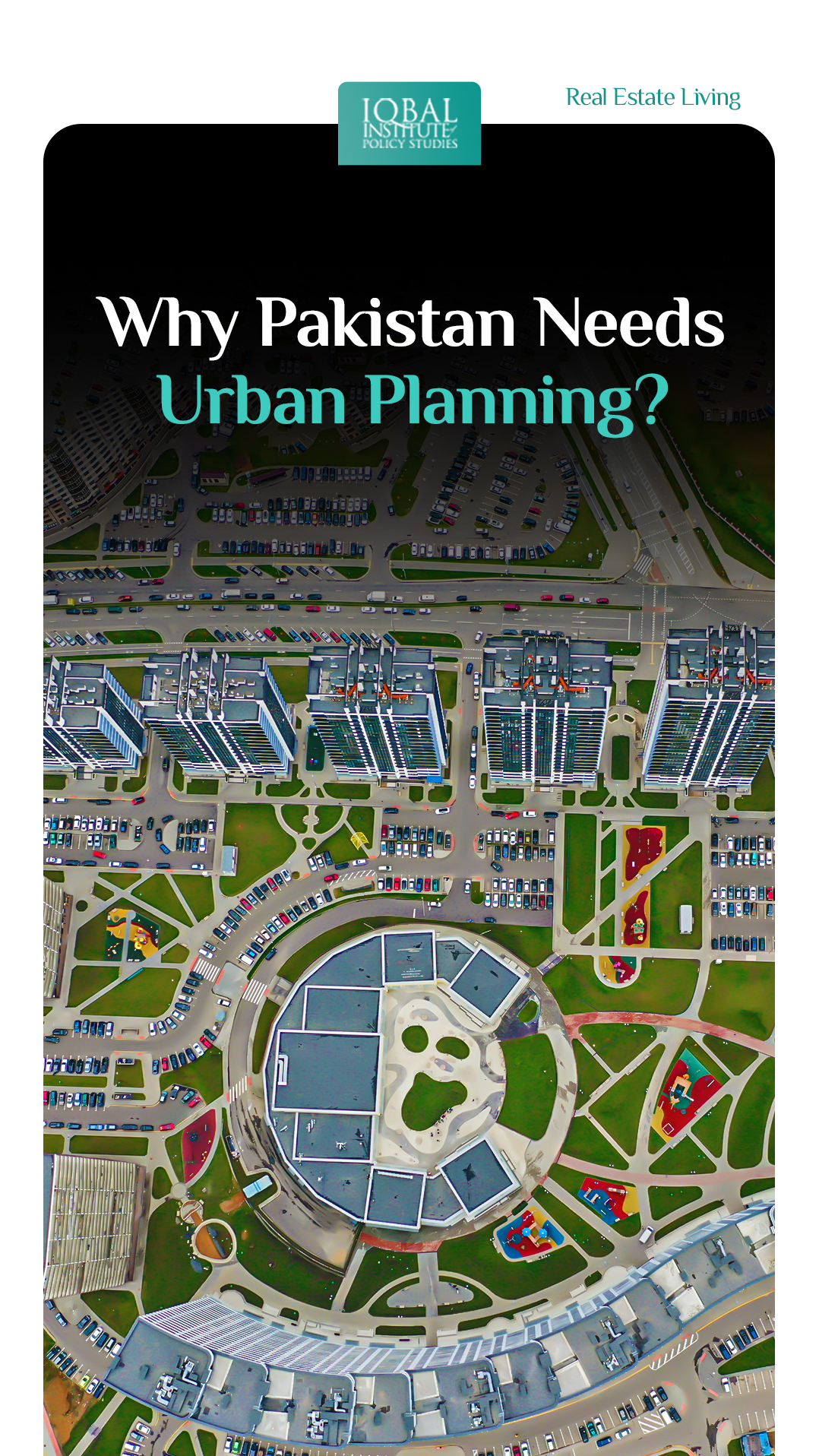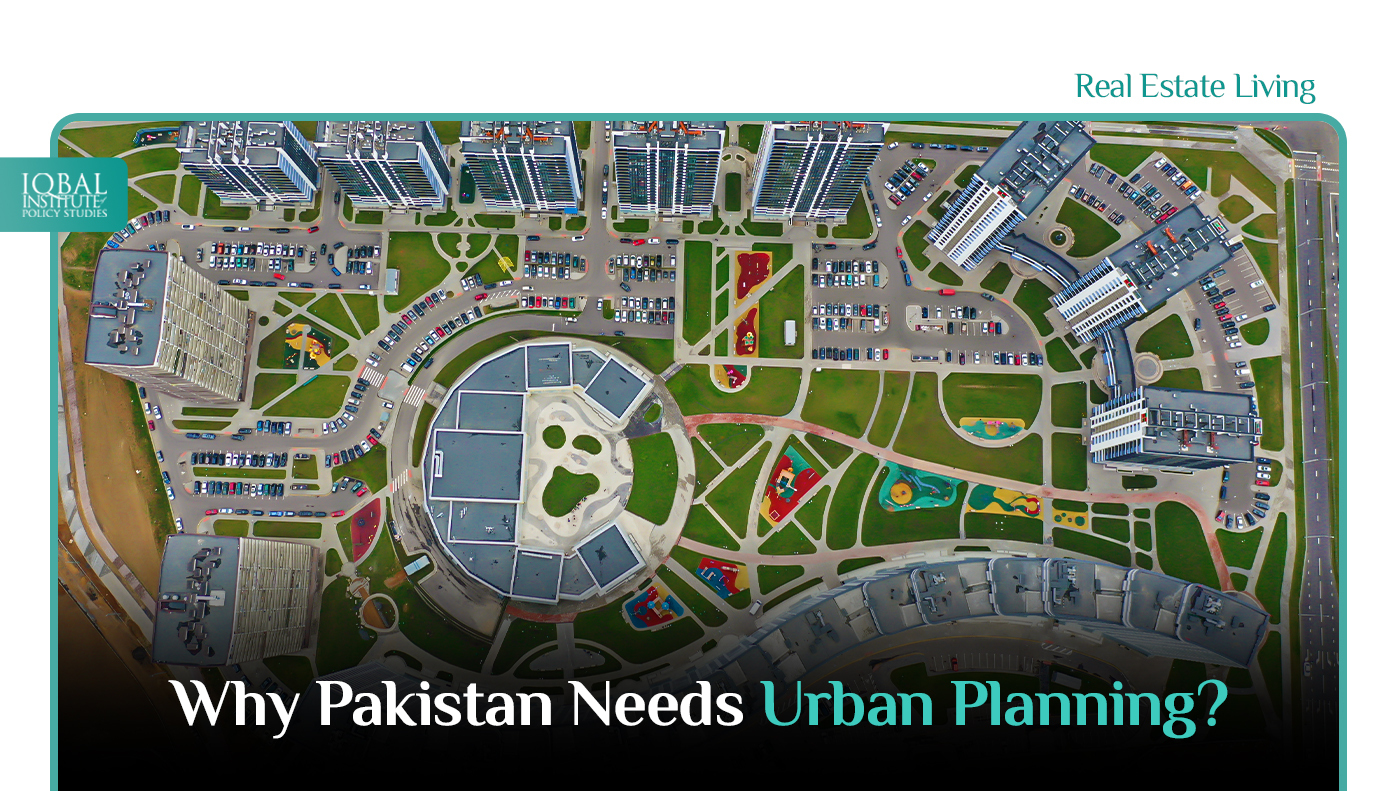Cities are growing rapidly, and the global urban population is set to increase to 2.5 billion by 2050. Beginning in the late 18th century, the development of modern cities sparked an enormous urbanisation wave that paved the way for the new modern world-class cities. First, it took place in Europe and attracted many people to migrate from rural areas to urban cities. Only 13% of people lived in cities in 1900; by 1950, that number had risen to 29%. The population is set to increase by 66% by the end of 2050, with most growth occurring in Asia and Africa. People are migrating toward urban cities for better economic and social opportunities. Growing Cities have congested land use but also are challenging due to their complex social and economic structure. Cities are going through issues such as climate change, social segregation, and economic development with very few resources available, such as less budget allocation, which restricts them from performing their duty efficiently. New kinds of business models and advanced technologies are being used to mitigate the risks and provide services to the public. However, technology is not the magic-bullet solution to address all issues. To cope with all kinds of problems, cities need to transform planning, governance, and regulatory aspects. Continue reading this blog to understand the challenges urban cities face and what measures cities’ administrations take to mitigate them.
-
Challenges Due to Urbanisation
Urbanisation challenges include climate change, economic development, urban planning, safety and security, and poor governance.
1. Climate Change
Climate change has emerged as one of the most distressing global problems. Cities are expected to be severely impacted by increasing climate variability and extreme weather events, with floods and droughts expected to increase in severity and frequency. Heat stress, extreme precipitation, inland, coastal flooding, drought, and water scarcity pose risks in urban areas, and those without access to basic infrastructure and services are particularly at risk.

2. Economic Development
Since the financial Crisis of 2008, the economic recovery has been very slow, with the different regions around the globe experiencing slow development of infrastructure. The investment in Infrastructure and services remains quite challenging in this kind of business environment. According to the world economic survey, the environment and economy appeared to be the top regional challenges.

3. Urban planning
Cities come up with various opportunities but with some issues, such as environmental collapse, income inequality, personal isolation, etc. Urban planning strategies must change as urbanisation spreads. If changes are not made soon, many people will be impacted by the following urban planning challenges.
- Limited Resources
- Social Inequality
- Loss of community

4. Safety and Security
The most basic needs affecting our urban environment and development are shelter, safety, and security. Violence and a lack of safety may significantly impact the city, making it difficult for some cities to survive. However, confronting urban violence is crucial for a healthy and peaceful community.
5. Poor Governance
Governance plays a vital role in urban planning. A poor governance system will raise many issues such as corruption and red tape. Utilising resources, effective communication, and establishing institutional accountability depend upon governance.
The following resources are available for city administrations to use to enhance service provision and jointly develop infrastructure with citizens, businesses, NGOs, and academic institutions.
1. Develop a Smart Regulation
Cities need to develop smart regulations to address changes adopted by the new model. In a highly competitive, global environment, cities must first address the fundamentals to encourage a prospering investment climate before developing new rules designed to produce long-term results. They must close the feedback loop, involve all stakeholders, and provide timely updates.
2. Agile, Transparent, and City-Scale Governments
Cities’ growing economic importance must be accompanied by a sufficient transfer of authority to local governments. To combat the rapid changes in urban systems and a lack of trust, city governments must become open and accommodating.
3. Development of Institutional Capacity
Cities need to invest in their people by attracting and facilitating talent and empowering and supplying organisations to address urban challenges.
4. Visionary Leadership
City leaders must take calculated risks to move away from a default position and improve the quality of life. To inspire their organisations and external stakeholders, they must adopt a practical, business-friendly, and enthusiastic approach.
5. Integrated Planning
To maintain the master plans developed by cross-functional teams and permit organic growth, city administrations must bring the right balance. To ensure that excess capacities are used up before developing new infrastructure, long-term urban development plans also need to consider information and communications technology and emerging business models.
Conclusion
As the world population is increasing, smart urban planning is also required. Smart urban planning is only possible when both Government and private sector collaborate. The city administration won’t be able to address all the issues; they will certainly need the help of the private sector in the urban value chain. The role of the city administration is to make policies, while the private might have a big impact on some phases, like design, implementation, operation and maintenance, and financing. Dynamic leadership is required to make the right choices and gives a proper vision toward achieving a goal.



Leave a Reply